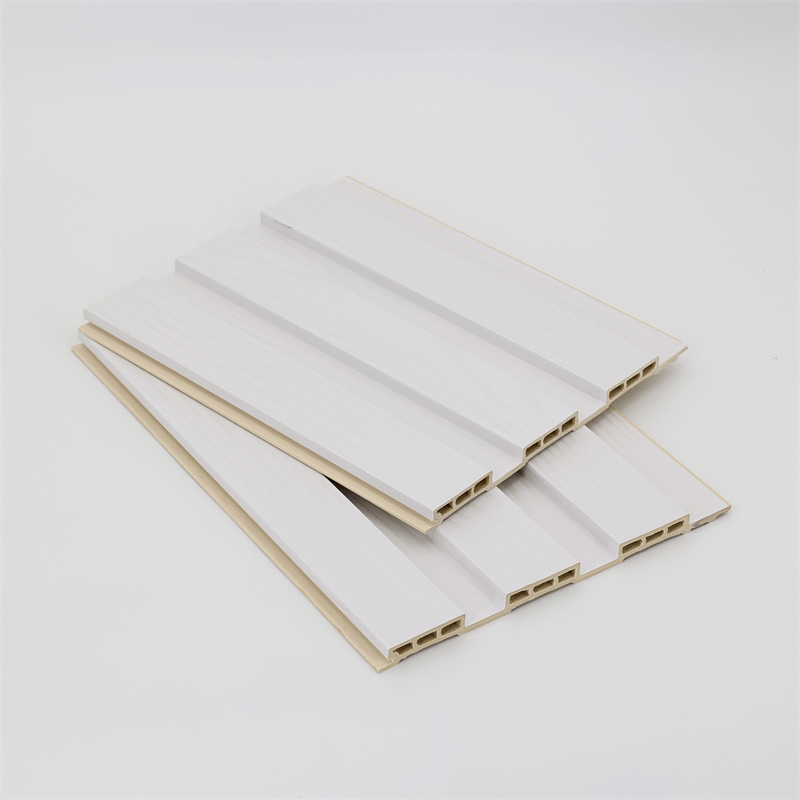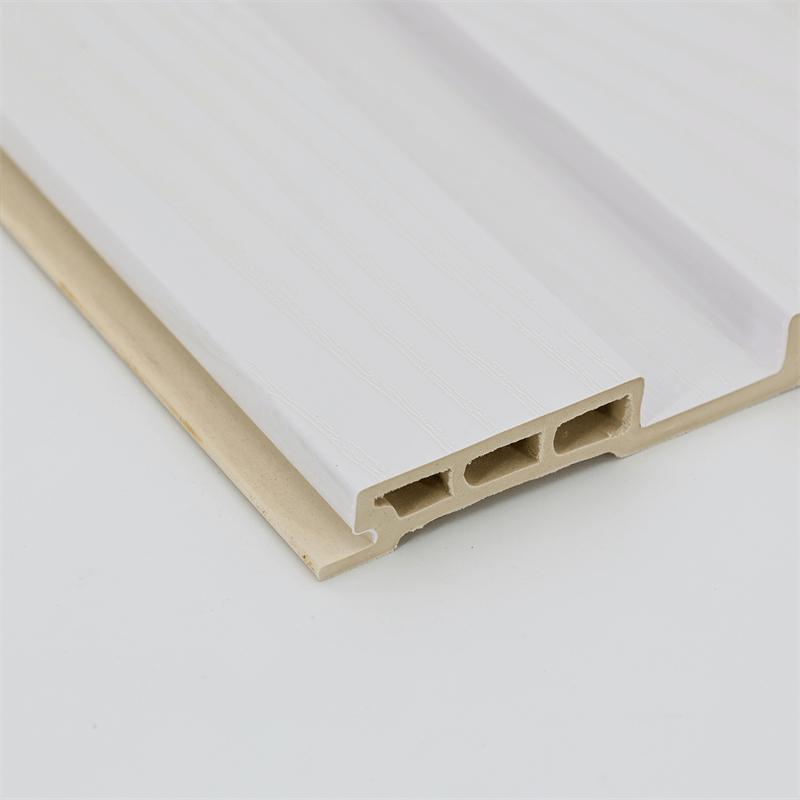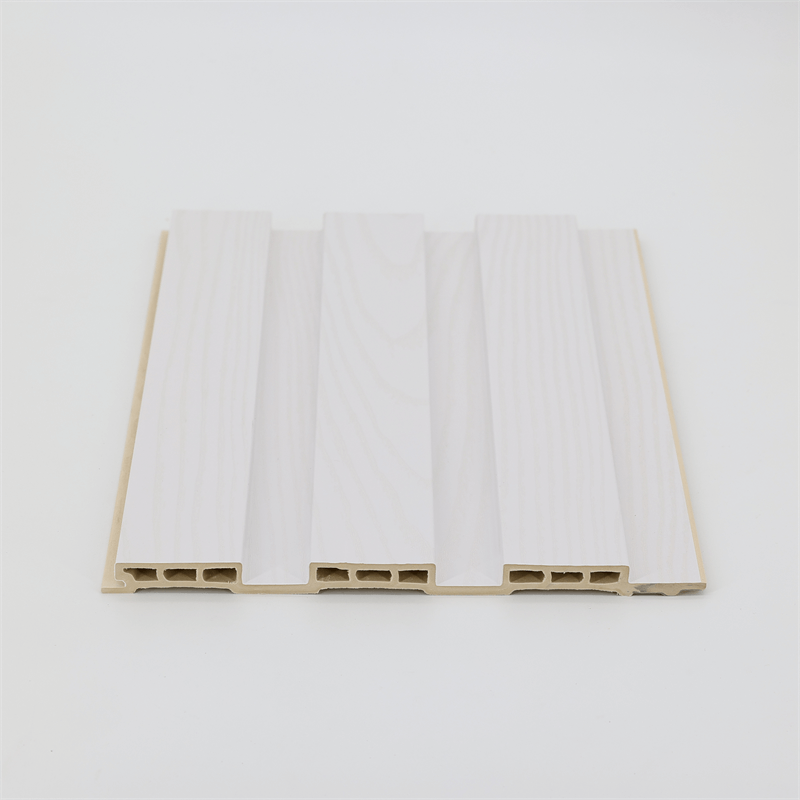In the retail industry, creating an appealing and captivating shopping environment is crucial to attract customers and showcase products effectively.
The choice of interior materials plays a significant role in establishing the desired ambiance and enhancing the overall visual appeal of the retail space.
Wood-Plastic Composite (WPC) wall panels have emerged as a popular choice for retail spaces, offering a perfect balance of aesthetics, functionality, and durability.
This essay explores the advantages of using WPC wall panels in retail environments and highlights how they contribute to the effective display and presentation of products.
I. Enhancing Visual Appeal:
WPC wall panels are designed to enhance the visual appeal of retail spaces.
This section discusses the various ways in which they contribute to creating an attractive shopping environment:
- Versatile Design Options: WPC wall panels come in a wide range of colors, textures, and patterns, providing retailers with endless design possibilities. They can mimic the appearance of natural wood, stone, or other materials, allowing retailers to create a desired aesthetic that aligns with their brand image.
- Customizable Branding: WPC panels can be customized with logos, signage, or unique patterns, allowing retailers to incorporate their brand identity into the interior design. This helps create a cohesive and memorable shopping experience for customers.
- Visual Harmony: WPC wall panels provide a consistent and visually harmonious backdrop for product displays. The clean lines and uniformity of the panels create a visually appealing environment that draws customers’ attention to the products.
II. Durability and Maintenance:
Retail spaces experience high foot traffic and constant interactions with customers.
Therefore, the durability and ease of maintenance of interior materials are crucial.
This section highlights the advantages of WPC wall panels in terms of durability and maintenance:
- Impact Resistance: WPC wall panels are highly durable and resistant to impacts, making them suitable for retail spaces where accidental bumps or collisions may occur. They can withstand daily wear and tear, maintaining their aesthetic appeal over time.
- Moisture Resistance: WPC panels have excellent moisture resistance, making them suitable for areas with high humidity or potential water exposure, such as changing rooms or food sections. Their resistance to moisture prevents warping, rotting, or mold growth.
- Easy Maintenance: WPC wall panels are easy to clean and maintain. They do not require frequent painting, sealing, or staining like traditional materials. Regular dusting or wiping with a damp cloth is sufficient to keep them looking fresh and appealing.
III. Product Display and Versatility:
Retail spaces often require adaptable and versatile display options to showcase products effectively.
This section explores how WPC wall panels facilitate product displays and provide versatility:
- Mounting Flexibility: WPC panels offer various mounting options, such as shelves, hooks, or brackets, allowing retailers to display products of different sizes and types. The panels can be easily customized and modified to accommodate changing display needs.
- Lighting Integration: WPC wall panels can incorporate lighting elements, such as recessed lights or LED strips, to highlight specific products or create ambiance. The panels serve as a platform to integrate lighting solutions seamlessly.
- Product Focus: The clean and sleek design of WPC wall panels helps create a visually uncluttered environment, allowing products to take center stage. The panels provide a neutral backdrop that accentuates the displayed merchandise, enhancing the shopping experience for customers.
IV. Eco-Friendly and Sustainability Considerations:
Incorporating sustainable materials in retail spaces is becoming increasingly important.
This section discusses the environmental benefits of using WPC wall panels:
- Use of Recycled Materials: WPC panels are manufactured using a combination of wood fibers and recycled plastic materials. By utilizing recycled content, they contribute to waste reduction and promote a circular economy.
- Reduced Carbon Footprint: The production of WPC wall panels requires less energy and emits fewer greenhouse gas emissions compared to traditional materials. Choosing WPC panels aligns with sustainability goals by reducing the carbon footprint of retail spaces.
- Longevity and Reusability: WPC panels have a long lifespan and can be recycled or repurposed at the end of their use. Their durability reduces the need for frequent replacements, minimizing waste generation and preserving natural resources.

WPC wall panels offer numerous advantages for retail spaces, combining aesthetics, durability, and functionality.
They enhance the visual appeal of retail environments, provide durability and low maintenance requirements, and offer versatility in product display options.
Moreover, the use of WPC panels aligns with sustainability goals, contributing to waste reduction and reduced carbon footprint.
By incorporating WPC wall panels in retail spaces, businesses can create an inviting and visually appealing shopping environment that effectively showcases their products.
The combination of aesthetics, durability, and eco-friendliness makes WPC wall panels a valuable choice for retailers looking to enhance the overall shopping experience and establish a sustainable and visually captivating brand image.


